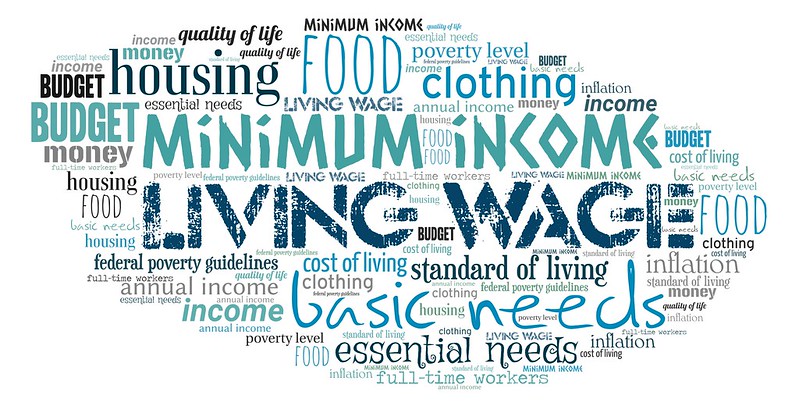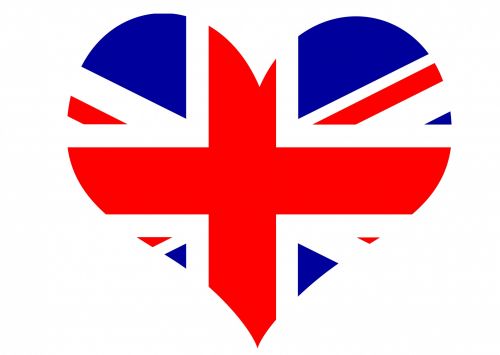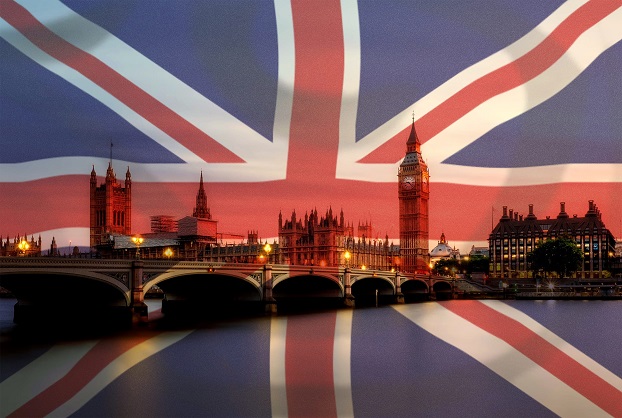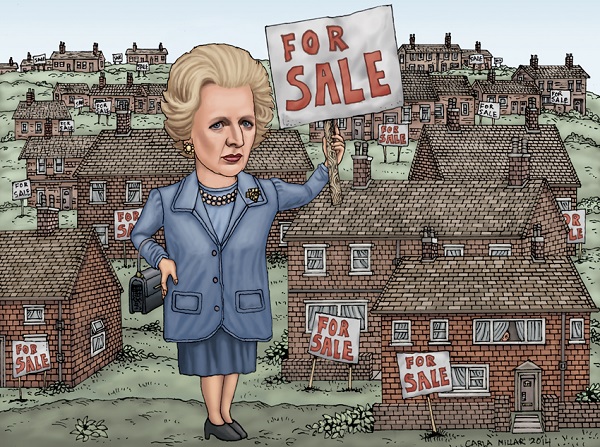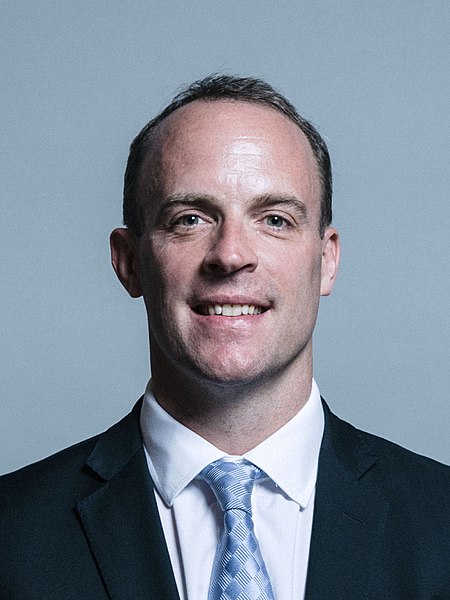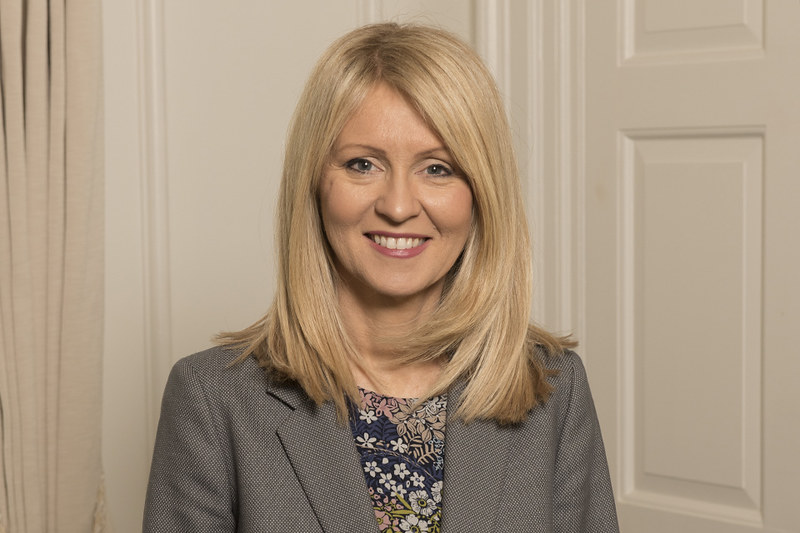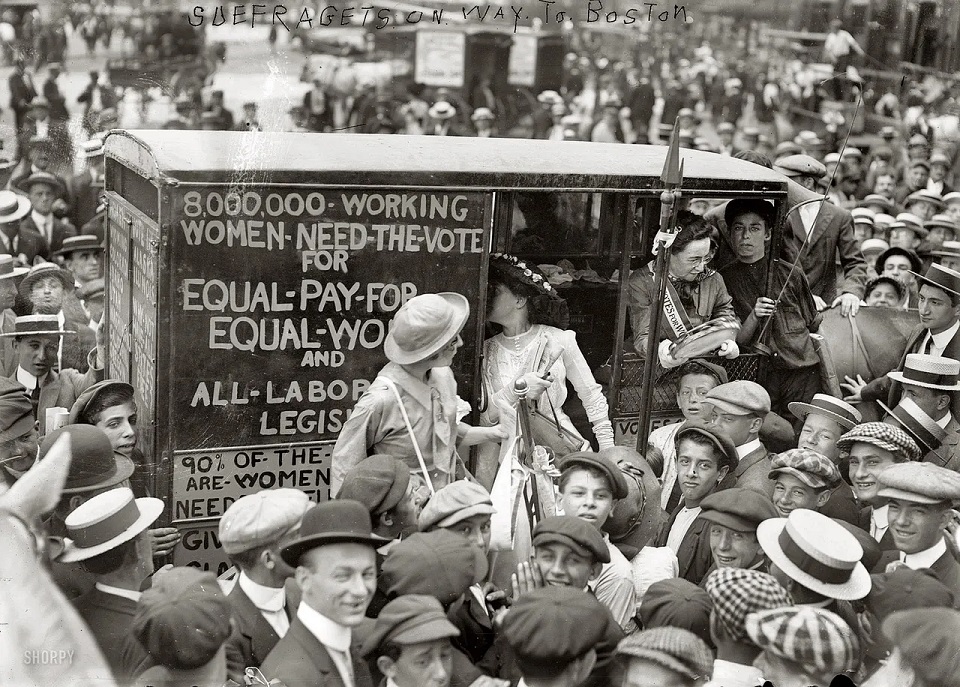10 June 2020 | OPINION
Before plans for a National Living Wage were announced by George Osborne in 2015, the United Kingdom had the 20th-highest minimum wage in the world. We now have the 5th-highest and, by 2024, we are on course to have the highest minimum wage anywhere in the world.
The 2019 Conservative Party Manifesto pledged to increase the Living Wage to 66% of average earnings – an ambition no other country has set. This goal will increase it to £10.50 per hour by 2024 and the threshold for receiving this will be lowered to 21. From 2021, 23-year-olds will qualify and from 2024, 21-year-olds will qualify. By 2024, the minimum wage for somebody working full-time is forecast to be over £20,000 a year – up from the current £16,800.
This, of course, was before the Covid-19 crisis, which has already led to 1.8 million new Universal Credit claims. At the same time as nearly 2 million people losing their jobs and 8.5 million being furloughed, the National Living Wage increased by 6.2% in April, from £8.21 to £8.72. This massive increase took place when inflation was running at 0.9%, meaning the lowest-paid workers received a pay rise 6 times that of inflation.
Since its introduction in April 2016, the lowest-paid workers have seen a pay increase worth over 17% after inflation is taken into account – an incredible statistic which the media never seem to cover. This means a 25-year-old working full-time on the minimum wage in June 2020 is over £4,000 a year better off than they were in April 2016. This increase has happened during a time of restrictions on benefits, as the government strives to create a high-wage, low-welfare society.
There is bound to be a debate around whether we can continue on this current path, as many will argue that the priority should be getting people back into work, so we should therefore freeze the rate as it currently is. This argument makes a lot of economic sense, but if the government can continue to be bold on the economy, then we should be able to keep to the current pledge.
To ensure businesses can afford this increase, we need to urgently raise the employer National Insurance threshold and substantially cut the rate of it (currently sitting at 13.8%). There have already been Treasury discussions regarding a National Insurance employer holiday, which would be a positive move for creating new jobs. The government also needs to continue the good work on business rates relief, ultimately abolishing these in the long term. As it is the small and medium-sized businesses that will struggle to pay an increased Living Wage, cutting their taxes will be crucial for getting back to pre-Covid-19 levels of employment.
With average earnings probably due to decrease or remain stagnant, the goal of reaching 66% of average earnings may mean the Living Wage gets there without actually reaching £10.50 an hour. A minimum wage that reaches 66% of average earnings is an ambitious and progressive move, which the government should stick to – we just need to ensure we cut taxes so that businesses can afford it.
It’s important to remember this government’s record on the economy in the decade preceding Covid-19. 4 million jobs created since 2010. Unemployment falling from 8% to 3.8%. A record 33 million people in work (including 900,000 more people in work since the Brexit vote). More women, single parents, ethnic minorities, disabled people and pensioners in work than ever before. With the right pro-business tax policies, we can achieve this again and have the highest minimum wage anywhere in the world.






